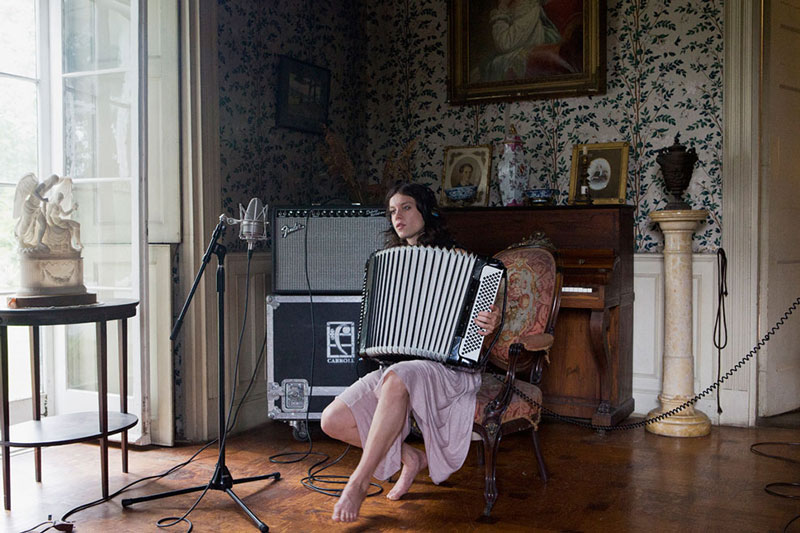
I learned about coronavirus in late January, the week before I flew to Los Angeles to visit Lizzy and cover an award show I didn’t end up attending. Before I left, Maria and I discussed the merits of wearing a mask on the flight, but by the time I decided I wanted one, the Williamsburg Duane Reade was sold out. So was the mom-and-pop place near my apartment. Almost two months before the president declared a national emergency, and already no masks. As a result, the trip to LA had an eerie, last-hurrah quality, like everything else I did between January and March.
You have reached your article limit
Sign up for a digital subscription and continue reading all new issues, plus our entire archives, for just $1.50/month.
Already a subscriber? Sign in




